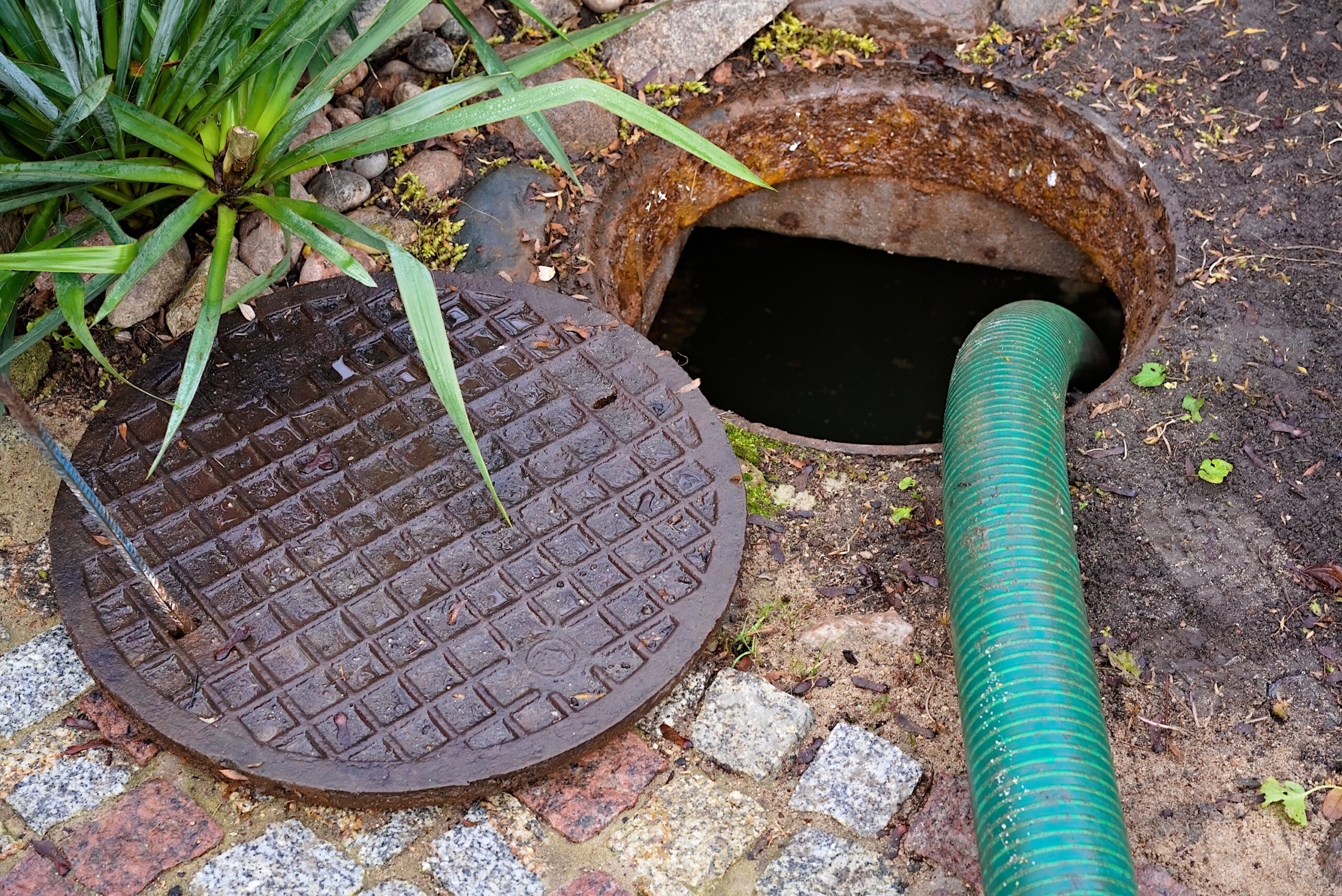Background for the Invention
This invention relates to providing mixing and lift while restraining turbulent action for use in bodies of liquid. In most existing older septic systems, for example, a single chamber (tank) is used for biodegradation and settling of solids. Because there is little movement and little oxygen available the system is anaerobic ( Septic ). Over time the anaerobic bacteria reduce the effluent and the remaining solids settle to the bottom to be later removed. Systems of this type have been used in this country for over a century.
The addition of aeration to the tank, while helping efficiency by changing from an anaerobic to an aerobic system tends to greatly interfere with the settling requirement. There is great interference at the surface of the rising aeration column that disturbs below the surface as much as 30% of the depth. This invention helps change the septic tank into an aerobic digester while remaining, in essence, a clarifier, allowing settling to continue.
Features of this Invention
- Controlled aeration and movement of the liquid while allowing settling to occur. This provides for the faster remediation of the liquid with aerobic bacteria and the settling of solids without change to the existing structure.
- Can be done as either a floating or anchored system.
- Reduces carry-out of “floaters” into the drainage field.
Summary of Invention
The aeration is enclosed drawing liquid in from the bottom, and the rising discharge is allowed to spill over the top. The air escapes the column while the liquid flows back onto the surface to provide for an overall downward flow direction that improves settling. The floating system allows constant “spill-over” dimensions for varying flow needs while maintaining good air/liquid separation. The anchored system can be used for more constant flows.











